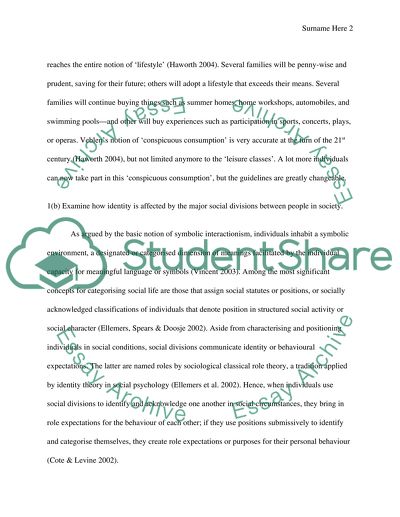Cite this document
(“AS Level Sociology - Culture and Identity Families and Households Essay”, n.d.)
Retrieved from https://studentshare.org/environmental-studies/1404839-as-level-sociology-culture-and-identity-families
Retrieved from https://studentshare.org/environmental-studies/1404839-as-level-sociology-culture-and-identity-families
(AS Level Sociology - Culture and Identity Families and Households Essay)
https://studentshare.org/environmental-studies/1404839-as-level-sociology-culture-and-identity-families.
https://studentshare.org/environmental-studies/1404839-as-level-sociology-culture-and-identity-families.
“AS Level Sociology - Culture and Identity Families and Households Essay”, n.d. https://studentshare.org/environmental-studies/1404839-as-level-sociology-culture-and-identity-families.


